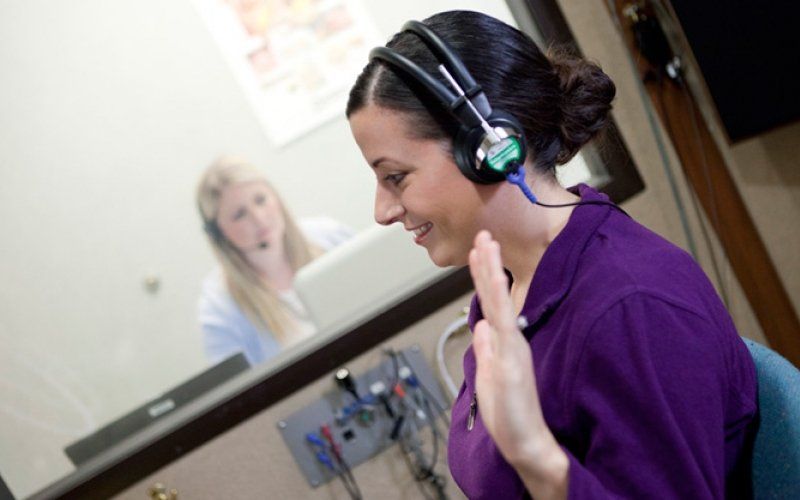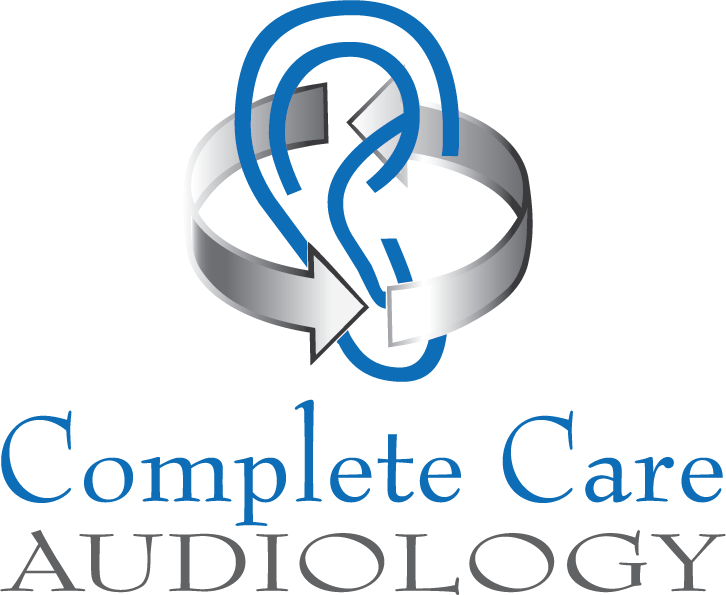Services
Brief Explanations of each service we offer
Pure Tone Air and Bone Conduction
A basic pure tone hearing test checks your ability to hear tones of different pitches in each ear. Soft foam earphones will be inserted into your ear canals, and will deliver a series of tones into the ears. The tones will vary in pitch and loudness. Each ear is tested individually. You will indicate when you hear a tone by pushing a button or raising your hand.
Bone Conduction audiometry is conducted by placing a bone oscillator behind the ear instead of using headphones.
The bone oscillator transmits sound through bone vibration to the cochlea or inner ear, bypassing the middle and outer ear. This is helpful in determining if your hearing difficulty is due to a problem with the middle ear, such as an ear infection, or with the inner ear, which may be due to aging, noise exposure, or a variety of other causes.
Tympanometry
An examination used to test the condition of the middle ear and mobility of the eardrum (tympanic membrane) and the conduction bones by creating variations of air pressure in the ear canal. Tympanometry is an objective test of middle-ear function.
Speech Discrimination
A measure of how well you understand what you hear when speech is loud enough to hear comfortably. Audiologists measure speech discrimination in percent. If your discrimination scores are 100%, you understand everything you hear.
Adult Auditory Processing Assessment
To diagnose APD, the audiologist will administer a series of tests in a sound-treated room. These tests require listeners to attend to a variety of signals and to respond to them via repetition, pushing a button, or in some other way.
Tinnitus Assessment and Therapy
Tinnitus is commonly called “ringing in the ears.” But ringing isn’t the only sound that people with tinnitus hear. Some people describe the noise as screeching, whistling, roaring, buzzing and whirring. Tinnitus isn’t defined by the sound you hear; it’s defined by hearing sounds that aren’t present. Tinnitus happens when you hear sounds that aren’t there. It’s not uncommon, so you aren’t alone. About 15 percent of people experience tinnitus some time during their life. Most commonly, it is a symptom of hearing loss.


